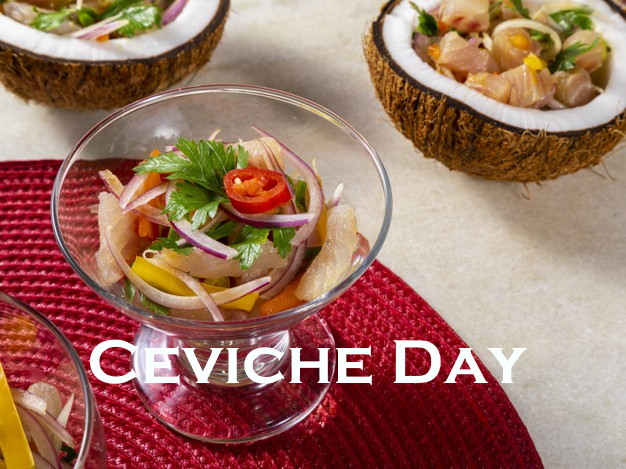
- Ceviche, or at least something very similar to it, looks to have been eaten way back 2000 years ago, according to archeological records.
- In fact, according to some historians, the meal was brought to Peru by the Moorish women of Granada. It started out at the time in the form of a dish that would eventually become what is known today as ceviche.
- According to some historic sources from Peru, ceviche would have originated among the Moche, a coastal civilization that began to flourish in the area of current-day northern Peru nearly 2000 years ago. The Moche apparently used the fermented juice from the local banana passionfruit.
- The United States started serving up this meal in around the 1980s and, as such, it may be found prepared in a number of different ways throughout North America.
- In Ecuador, it might be found to be more soup-like in appearance, whereas in Mexico it can be found served with tortillas.
- Ceviche is especially loved in Peru, where it is generally considered to be part of the national heritage and is often referred to as their national dish.
- The invention of the dish is also attributed to places ranging from Central America to the Polynesian islands in the South Pacific.
- The origin of the name of the dish is also disputed.
- The name of the dish may be spelled variously as cebiche, ceviche, seviche or sebiche,
- Ceviche actually has South American origins. Ceviche, or seviche, or cebiche is from South America and eventually spread into Mexico and Central America. There is some debate on whether it originally came from Peru or Ecuador.
- In Mexico, ceviche is served with tortillas. In Mexico, you will traditionally find ceviche served as an appetizer with a side of toasted tortillas, almost like a dip or salsa. It is also typically accompanied by raw onions.
- In Peru, ceviche is served with slices of cold sweet potatoes. This is the common way of serving the ceviche in this South American country. It can also be served with a side of corn-on-the-cob.
- In Ecuador, ceviche is served with salty sides. If you order ceviche in Ecuador, you may be surprised to find how it is served. Typically, you will find this type of ceviche accompanied by popcorn, nuts, or corn nuts.
- In El Salvador and Nicaragua one popular ceviche recipe is ceviche de concha negra (“black conch ceviche”), known in Mexico as pata de mula (“mule’s foot”). It is dark, nearly black, with a distinct look and flavor.
- The acidity in the citrus juice breaks down the protein in the fish and replicates the process of heat being applied to the meat. This means this meat is “cooked”, even though there is no heat involved (aka all the harmful bacteria is killed).
Sources:












